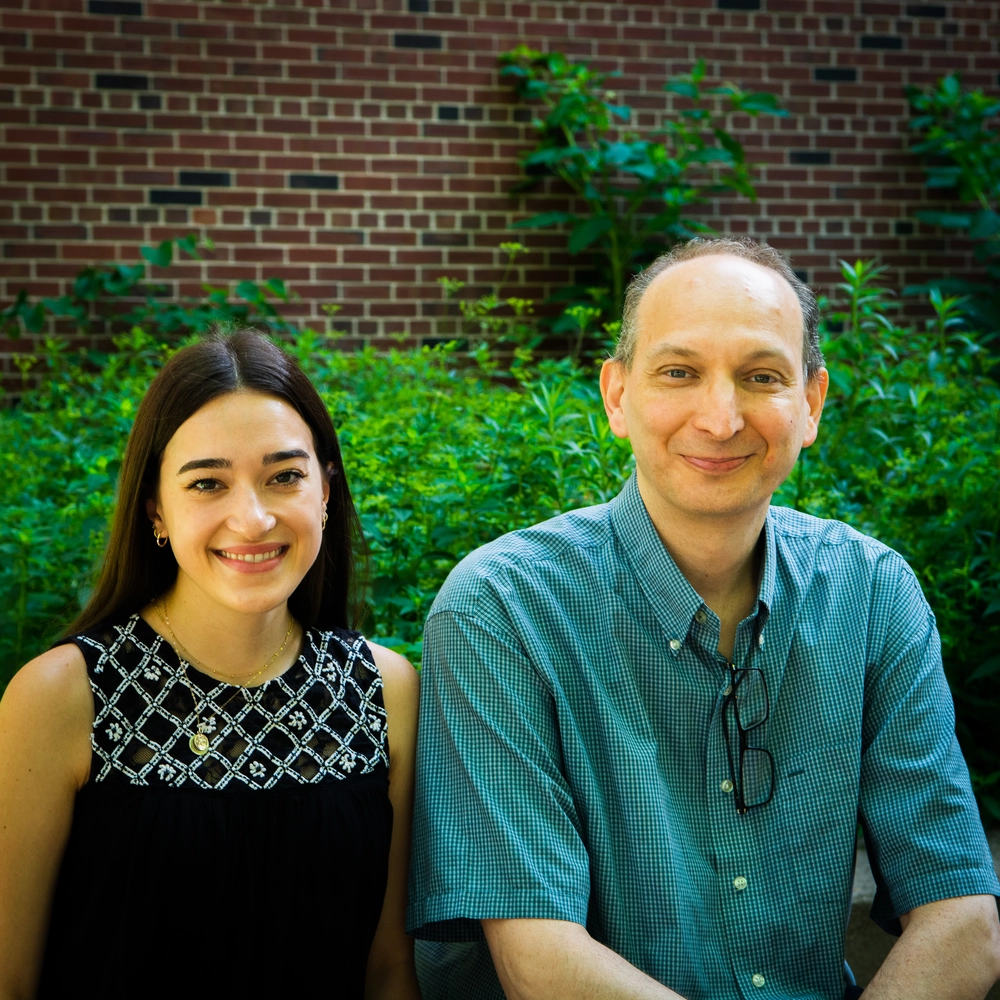
Two researchers from the School of Molecular & Cellular Biology at the University of Illinois Urbana-Champaign have established a theoretical framework and practical protocol to translate the ligand-binding ability of ion channels into a holistic understanding of ion-channel function by repurposing a classical binding assay. The researchers suggest the repurposed assay can answer many questions about the function of ligand-gated ion channels.
In the Grosman laboratory, researchers focus on the pentameric ligand-gated ion channel (pLGIC) superfamily. These ligand-gated ion channels are pores that allow selective ions to pass through when a ligand binds to the receptor of the channel. When the receptor is bound, ion flux causes a change in the membrane potential or a change in the cytosolic concentration of calcium ions, thus eliciting a physiological response.
“The better that we can understand the mechanism of how a ligand-binding event can be transduced into the opening of a pore, the more specifically we can design a drug that limits off-target side effects. This idea is known as rational drug design,” said first author Nicole Godellas, a molecular and integrative physiology PhD student.
Equilibrium-type binding assays effectively probe the binding-response of these channels when a ligand is applied, but there is a lack of uniformity of experimental protocols in the field, according to Godellas.
Godellas and Claudio Grosman, professor and head of the Department of Molecular & Integrative Physiology, repurpose this classical technique to answer two long-standing questions in their recent article. These are whether the ligand-binding affinity for any of the binding sites is sensitive to the occupancy of the other sites and whether mutations in the transmembrane domain can affect the channel’s affinity for ligands that bind to the extracellular domains.
Their article, "Probing function in ligand-gated ion channels without measuring ion transport," was published recently in the Journal of General Physiology. A commentary on their work, "The surprising difficulty of 'simple' equilibrium binding measurements on ligand-gated ion channels," was also featured in the journal.
For their project, Godellas and Grosman focused on the α7 nicotinic receptor (α7-AChR) , a member of the pLGIC superfamily. These channels consist of 5 ligand-binding sites on the extracellular domain and a cation-selective pore in the transmembrane domain. When a ligand that favors the opening of the channel (like, nicotine or acetylcholine, for example) binds to the receptor, a global conformational change takes place. These channels have three different conformations – open, desensitized, and closed. “Open” is when a receptor is in the high-affinity–conductive conformation and allows ions to flow through the pore. “Desensitized” is when a receptor is in the high-affinity–non-conductive conformation and does not allow ions to flow through the channel. Lastly, the “closed” state occurs when the receptor is in the low-affinity–non-conductive conformation and ions cannot flow through the channel.
Godellas described the α7-AChR as “a great model receptor for these assays because of their ability to bind slowly dissociating ligands (like α-bungarotoxin), which is an essential aspect for our competition-binding experiments. Because of the slow dissociation of α-bungarotoxin from the α7-AChR, the bound ligand can be properly separated from the unbound ligand upon reaching equilibrium.”
Using equilibrium-based competition-binding assays, researchers utilized labeled ligands, such as radiolabeled α-bungarotoxin, to analyze the relationship between unlabeled small-molecule ligands and the α7-AChR. Godellas and Grosman analyzed their results by means of a 42-state mathematical model for a five binding-site receptor that takes into account all of the binding and gating steps which a given channel can undergo. They described this assay as an alternative tool to study receptor-channel function when other techniques, like electrophysiology, cannot be implemented.
For example, they propose to use this method to study function of ligand-gated ion channels in which a mutation renders the channel “electrically silent.” Ultimately, through their studies, they determined that the binding-site affinities of these channels are not affected by binding site occupancy, and that mutations to the transmembrane domain of the channel does not affect ligand-binding affinity in the extracellular domain.
Throughout the study, Godellas said she was surprised by how greatly the approach to equilibrium was affected by the incubation temperature of the binding reactions. Parameters of these assays, such as time, temperature, and ligand depletion, are quite blurred in literature, she added. Therefore, in this study, she wanted to address all these parameters to ensure the correct interpretation of resulting competition curves.
Looking to the future, Godellas would like to apply this repurposed classical assay to study the function of, the previously mentioned, “electrically silent” mutants in which electrophysiology or other ion flux assays cannot be used.
Recently she was awarded the Graduate College Career Exploration Fellowship, which provides a financial stipend and career development programming provided by the college.
